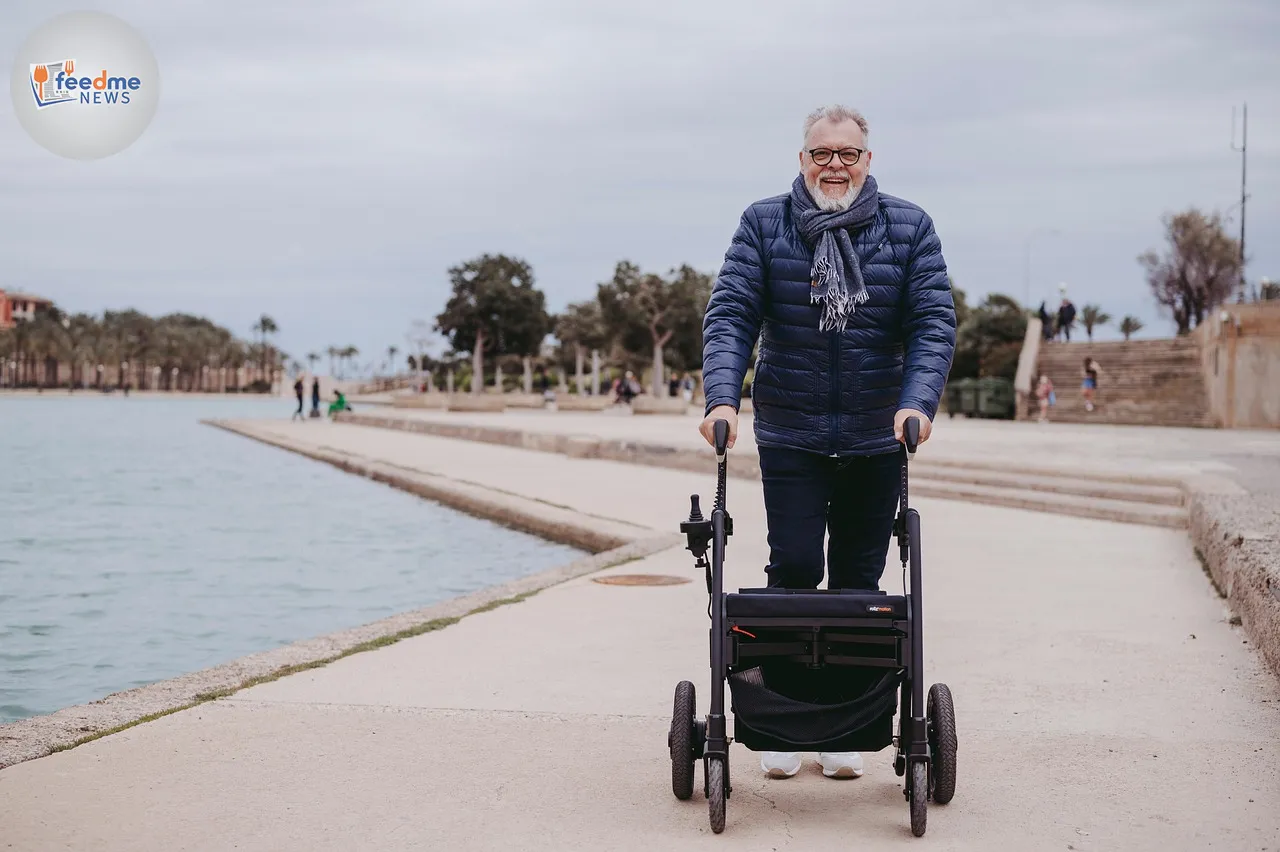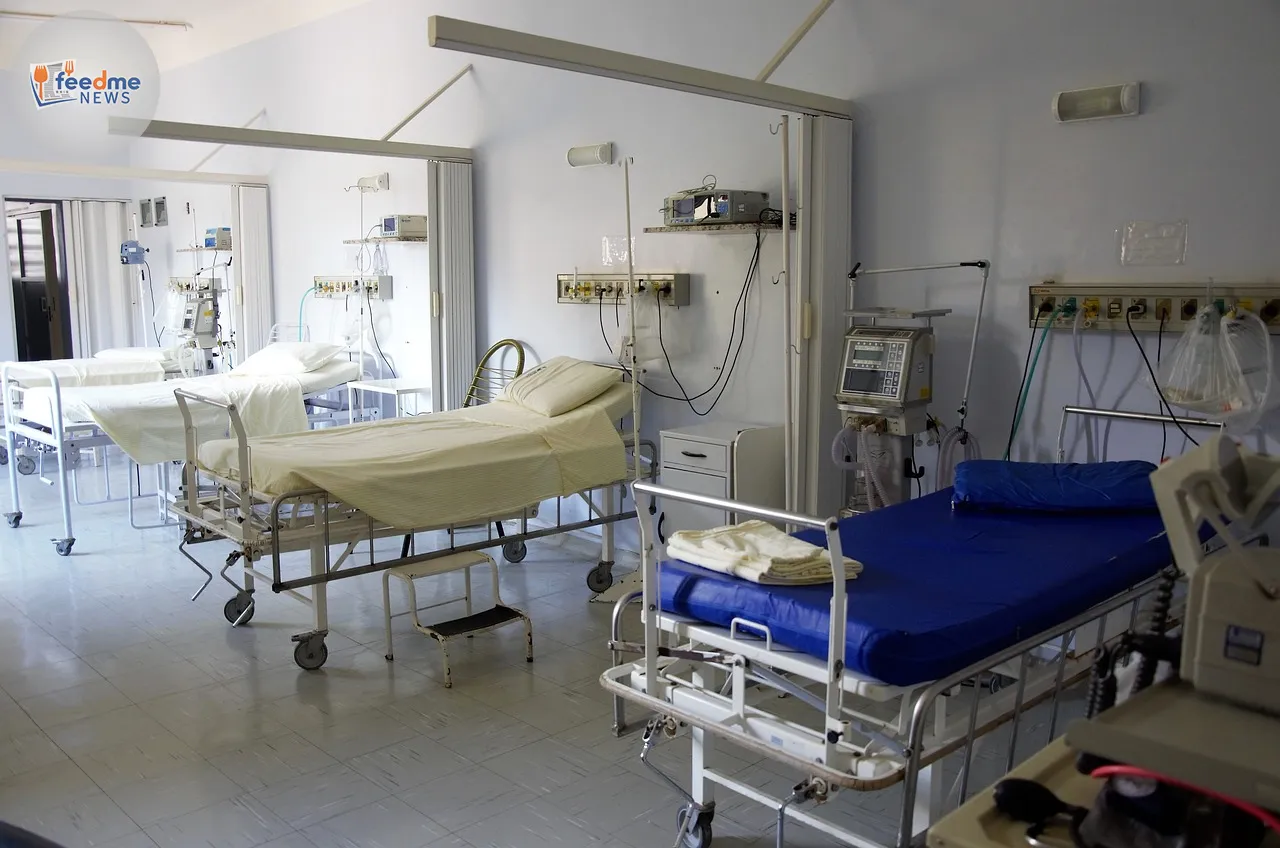A groundbreaking study suggests that minor adjustments in walking technique could significantly alleviate knee pain for those suffering from osteoarthritis. By tweaking the angle of the foot during movement, patients may experience reduced discomfort and potentially slow the progression of this degenerative joint disease. This innovative approach offers a glimmer of hope for millions affected by knee osteoarthritis, an incurable condition where the cartilage within the joint deteriorates over time.
The research, conducted by a team of experts in biomechanics and pain management, delves into the potential benefits of gait modification. The findings, published on 12 August 2025, highlight the promising role that subtle changes in foot positioning can play in managing osteoarthritis pain, providing a non-invasive alternative to more aggressive treatments.

Timing and Location of the Breakthrough
The study took place at the University of California, San Francisco, a leading institution renowned for its cutting-edge research in medical sciences. The research spanned over two years, involving participants from diverse backgrounds to ensure comprehensive results. The timing of the study’s release coincides with a growing interest in non-surgical methods for managing chronic joint pain, offering timely insights for both patients and medical professionals.
The urgency of finding effective treatments for osteoarthritis cannot be overstated. With an increasing number of individuals experiencing joint-related ailments due to ageing populations, the demand for innovative, less invasive solutions is at an all-time high. This study’s findings could pave the way for new therapeutic strategies that focus on biomechanics rather than pharmaceuticals or surgery.
Understanding the Impact of Gait on Joint Health
Gait analysis, a scientific method of assessing the way individuals walk, plays a crucial role in understanding how foot placement can affect knee health. Researchers discovered that even slight deviations in foot angle during walking could redistribute the forces exerted on the knee joint. This redistribution helps alleviate pressure on the affected areas, thereby reducing pain.
Dr Jane Thompson, a leading researcher in the study, explained, “Our findings suggest that by simply adjusting the angle of the foot, patients can experience a significant reduction in knee pain. This technique not only eases discomfort but may also protect the joint from further damage.”
The implications of these findings are far-reaching. For patients, adopting this technique could mean fewer days of debilitating pain, while for healthcare providers, it offers a cost-effective, low-risk intervention to recommend.
Expert Insights and Patient Experiences
The study involved over 200 participants, each diagnosed with varying degrees of knee osteoarthritis. Participants underwent gait analysis sessions where their walking patterns were meticulously examined. Following this, they were instructed to make minor adjustments to their foot positioning during daily activities.
Feedback from participants was overwhelmingly positive. Many reported noticeable improvements in pain levels and mobility. John Smith, a participant in the study, shared his experience: “I was sceptical at first, but after trying the foot adjustment technique, I’ve noticed a real difference. My pain has decreased, and I’m able to enjoy activities that I had given up on.”
Experts in the field are optimistic about these findings. Dr Emily Carter, a consultant rheumatologist, noted, “This study provides valuable insights into the management of osteoarthritis. It highlights the importance of biomechanics in joint health and offers a practical solution that patients can easily incorporate into their daily lives.”
Future Implications and Research Directions
While the results are promising, researchers acknowledge the need for further studies to explore the long-term benefits of gait modification. The team plans to conduct extended trials to assess the technique’s effectiveness over several years and its potential to prevent the progression of osteoarthritis.
Moreover, this research opens avenues for developing personalised rehabilitation programmes that focus on individual gait patterns. By tailoring interventions to each patient’s unique biomechanics, healthcare providers can offer more targeted and effective treatment plans.
In conclusion, the study’s findings mark a significant step forward in the battle against knee osteoarthritis. By embracing the principles of biomechanics, patients and healthcare professionals alike can explore new, less invasive methods to manage this chronic condition. As research continues, the hope remains that such innovative approaches will lead to improved quality of life for those affected by osteoarthritis.
The insights gleaned from this study underscore the importance of continued exploration into non-surgical interventions, offering a beacon of hope for millions seeking relief from joint pain.





